





1.) Bosnian-Croatian Federation
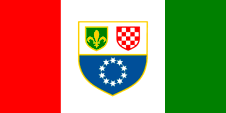
1996-2007,
Flag,
ratio = 1:2,
Source, by: Flags of all Nations



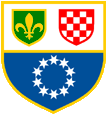
1996-2007,
Coat of arms,
Source, by:
Wikipedia (EN)
2.) Bosnische Serbenrepublik
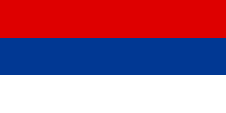
since 1992,
Flag,
ratio = 1:2,
Source, by: Wikipedia (D)



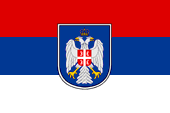
ca. 1999,
unconfirmed flag of the Bosnian Serb-Republic (Republika Srpska),
ratio = 2:3,
Source, by: Flags of all Nations




1992-2007,
Coat of arms,
Source, by:
Wikipedia (EN)
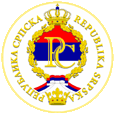
since 2007,
Seal,
Source, by:
Wikipedia (D)

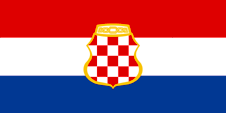
1993-1996,
Flag of the former Croatian Republic Herzeg-Bosna,
today: unofficial flag of the Croatians in Bosnia and Herzegovina,
ratio = 1:2,
Source, by:
Wikipedia (EN)



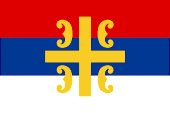
Unofficial flag of the Serbs,
ratio = 2:3,
Source, by:
Wikipedia (D)



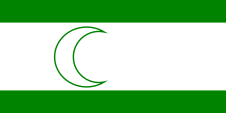
1993-1996,
Flag of the Bosniacs (Muslims),
ratio = 1:2,
Source, by:
Wikipedia (EN)




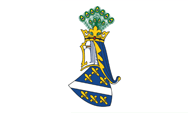
1375,
Flag of the Kingdom of Bosnia,
Source, by: N. Fadzan



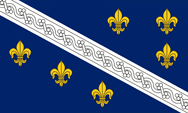
1377–1463,
Flag of the Kingdom of Bosnia,
Source, by: N. Fadzan



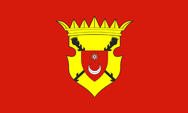
1870,
Unofficial flag of Bosnia,
Source, by: N. Fadzan



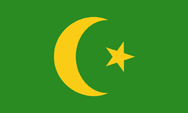
1831,
Bosnia Eyalet, Flag,
Source, by:
Wikipedia (EN) und N. Fadzan



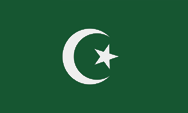
1864,
Bosnia Vilayet, Flag,
Source, by: N. Fadzan



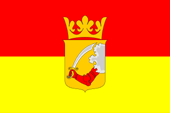
1878–1908,
Flag of the country,
Source, by:
Flags of the World und N. Fadzan



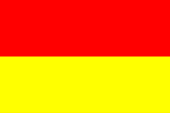
1908-1918,
Colours of the country,
Source, by:
Flags of the World und N. Fadzan



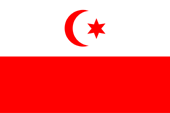
1878–1879,
Unofficial flag,
Source, by:
Flags of the World und N. Fadzan



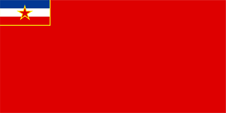
31.12.1946–04.05.1992,
National flag,
ratio = 1:2,
Source, by:
World Statesmen,
Flaggen und Wappen der Welt und N. Fadzan



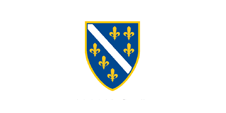
04.05.1992–04.02.1998
National flag,
ratio = 1:2,
Source, by:
Discovery '97,
Flaggen und Wappen der Welt und N. Fadzan






At least since 1844 the colors yellow and red are known as the official colors of Bosnia. This color combination was derived from the colors of the then Bosnian coat of arms, which was valid until 1918. After the austrian occupation of Bosnia and Herzegowina in the year 1878 was however introduced by any Bosnian aghas a white-red flag with red crescent and star in the white stripe. But this flag never had official character and was in use not for longer time. Even one month after the declaration of the Federative People's Republic of Yugoslavia by the communist Tito, Bosnia-Herzegowina got its first official flag on the 31st of December in 1946. It showed a typical communist appearance, a single colour red bunting with a minimized golden surrounded depiction of the Yugoslavian flag in the upper corner.
The independence of Bosnia-Herzegowina was declared on 15th of October in 1991, and on 4th of May in 1992 were designated new symbols of the state. It was adoped a single colour white flag, which showed in its centre a blue blazon with a white diagonal and six golden lilies. It was designed by Zvonimir Bebek, but the blue coat of arms goes back to the middle ages. The today's flag was introduced on 4th of February in 1998 by Carlos Westendorp, the deputy of the UN. They meant that the hitherto flag is to "bosnian", and the other nationalities are not represented. So they decided for a draft, which showed no national symbolism, a dark blue field with a isosceles yellow triangle and a line of white stars along the diagonally proceeding side of the triangle. Actual the blue was planed as UN blue, yet. The stars should remember the flag of Europe, and the yellow isosceles triangle stands for the three large having equal rights population groups of the land. Yellow is the color of the sun und the peace, too.
Muslims use futhermore a green-white-greene flag with a green bordered white crescent in the middle. Green and the crescent are standing for the islam, white stands for peace. From 1996 to 2007 existed a vertically striped red-white-green flag for the bosnian-croatian federation. In the middle of the white stripe was placed the coat of arms. It contains ever one bosnian, croatian and european symbol. The flag of the Serb Republic (Republika Srpska) shows the colours of the flag of Serbia. The former Republic (the today's Canton) of Herzeg-Bosna of the Croats uses the croatian flag with an a little bit changed croatian coat of arms. The coats of arms of the Republika Srpska and of the Bosnian-Croat Federation (and also the flag of the Federation) were banned by the government of Bosnia and Herzegovina on 15th of June in 2007 , because they showed a strong national character, or were easily to mix up with other symbols of other states. The Republika Srpska took over in the same year a seal as a substitute. The Federation exists since then without an official flag and without an official coat of arms.
Source:
Flaggen und Wappen,
Flaggen Enzyklopädie,
Wikipedia (EN)

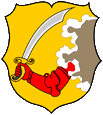
1878–1918,
Escutcheon of Bosnia as imperial land (Reichsland) of Austria-Hungary,
Source, by: Flags of the World

1946–1992,
Coat of arms of Bosnia-Herzegowina,
Source: Nanin7This W3C-unspecified vector image was created with Inkscape. [GFDL, CC BY-SA 3.0 or Public domain], from Wikimedia Commons

1992–1998,
Coat of arms of Bosnia-Herzegowina,
Source, by: Discovery '97 und N. Fadzan

since 1998,
Coat of arms of Bosnia-Herzegowina,
Source, by: Wikipedia (D) und N. Fadzan

The blazon of Bosnia showed between 1978 and 1918 a golden shield with a red ironclad arm, protruding out of silvery clouds and holding in the hand a Turkish silvery curved sword (hand shar) with golden handle (This symbol was used as collar sign in the colors silver on black in the 2nd world war by on the German side fighting Bosnians).
In the year 1946 was introduced a coat of arms which showed two smoking funnels, the castle of Jajca, a golden surrounded, red five-jagged star and two crossed grain sheafs, surrounded by a garland of deciduous tree twigs and conifer twigs, bonded by a red ribbon.
After the independence of Bosnia-Herzegowina (15th of October 1991) were designated new symbols of state on 4th of May in 1992. There was adoped a single coloured white flag, which showed in her middle a blue blazon with a white diagonal and six golden lines. It was designed by Zvonimir Bebek, but the blue coat of arms goes back to the middle ages. On 20th of May in 1998 was introduced the new coat of arms of the state. It is derived from the flag of the state, however it contains two stars less.
Source:
Flags of the World,
Wikipedia (D),
Wikipedia (EN),
Die Welt der Flaggen,
Flaggen und Wappen,
Discovery '97

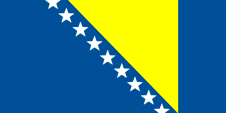
Aircraft marking,
Source, by:
Wikipedia (EN)

Location:
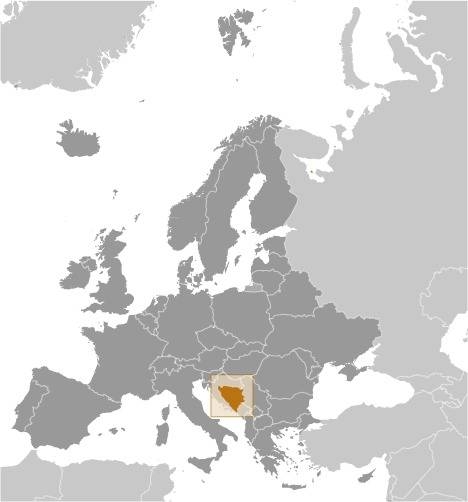
Source: CIA World Factbook
Map of the country:
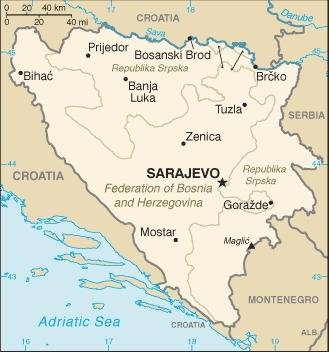
Source: CIA World Factbook
The countries of the former Yugoslavia:
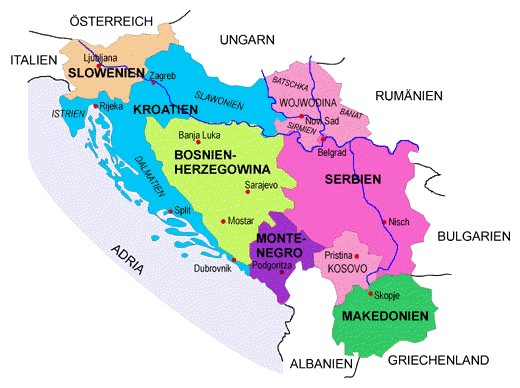
Map: Volker Preuß

Area: 19.767 square miles
Inhabitants: 3.531.000 (2013), thereof 50% Bosniacs, 30% Serbs, 15% Croatians
Religions: 51% Muslim, 31% Serbian-Orthodox Christian, 15% Roman-Catholic Christian, 1% Non-Religious
Density of Population: 179 inh./sq.mi.
Capital: Sarajevo, 291.000 inh. (2013)
official Languages: Bosnian, Croatian, Serbian
Currency: 1 Convertible Mark (KM) = 100 Feninga, and 1 Euro (€) = 100 Cent
Time Zone: GMT + 1 h
Source: Wikipedia (D)

to ca. 33 B.C. · the today's Bosnia-Hercegovina comes to the Roman Empire
395 · to the West Roman Empire
ca. 550 · Slavic settlement
1040–1166 · to Byzantium
1180–1203 · independent Bosnia, Herzegowina to Serbia
1203 · Bosnia comes to Hungary
1463 · Turkish conquest of Bosnia
1483 · Turkish conquest of Herzegovina
1878 · occupied by Austria-Hungary
1908 · annexed by Austria-Hungary
1918–1941 · to the Kingdom of Yugoslavia
1941–1945 · to Croatia
29th of November in 1945 · proclamation of the "Federative People's Republic of Yugoslavia" by Tito
2nd of December in 1945 · proclamation of the People's Republic of Bosnia-Herzegowina (within communist Yugoslavia)
7th of July in 1963 · proclamation of the Socialist Republic of Bosnia-Herzegowina (within communist Yugoslavia)
3rd of March in 1992 · independence declared
1992–1995 · civil war
Source:
Atlas zur Geschichte,
Wikipedia (D),
World Statesmen

The name "Bosnia" has its roots in the name of the river "Bosna", which flows through the capital of Sarajevo to the north. The name Bosna means "The Clear".
Source: Atlas der wahren Namen
The name "Bosnia" has its roots in the Serbian-Croatian word "bos", what means "barefoot". Bosnia is the "Land of the Barefoot". The name "Herzegowina" means "Country of the Duke" and dates back from the 15th century. It has its roots in a Serb military leader, who broke the country out of Serbia and installed himself as a Duke. But already in 1483 the Herzegowina came for the next 300 years to the Turks.
Source: Handbuch der geographischen Namen


Kindly supported by: Martin Poslek (D), N. Fadzan (D)
![]()

































































